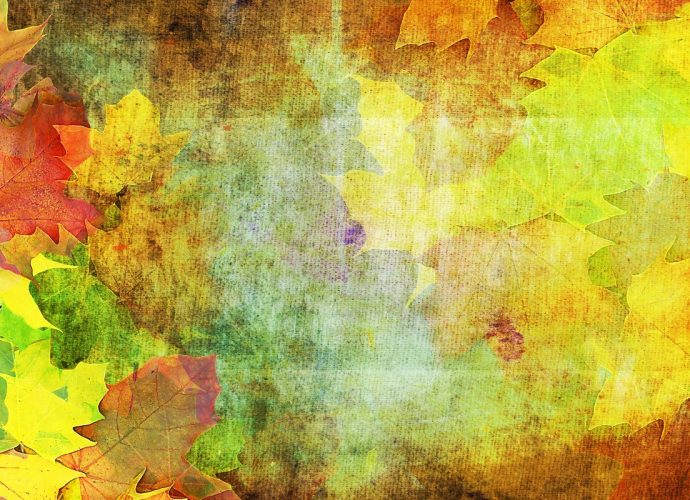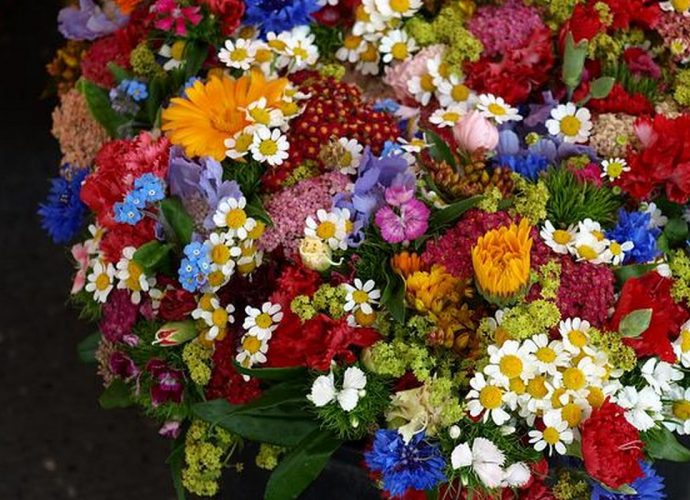What Happens If You Eat Daisies?
Human Potential. Ingestion of the gerber daisy by humans will not cause symptoms of plant poisoning. Gerber daisies are not poisonous to humans, but they can cause symptoms of an allergic reaction if ingested. Choking is one of the biggest hazards of plant ingestion and most commonly occurs in children.Read More →









